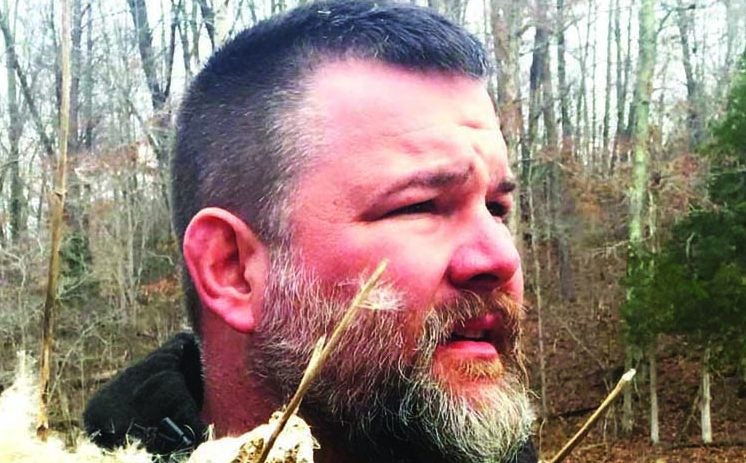Caudill: Eat the weeds instead
Published 10:37 am Friday, February 28, 2020

- Craig Caudill is a lifelong resident of Winchester and serves as director of Nature Reliance School.
As I write this column, it is unseasonably warm, and my Nature Reliance School tribe throughout the U.S. has already sent me some pictures of dandelions in bloom.
We will still be getting some colder temps, perhaps even snow, but it is worth my time in this space this week to encourage you to let your dandelions grow this year.
Don’t drag me to Court Street for public shaming. Please allow me to share a few of the benefits (and some of the problems with killing them).
Dandelions are incredibly rich in terms of nutritional content, moreso than most of the vegetables you will grow in your gardens this year.
Dandelions are an excellent choice for vitamins A, C and K. In trace amounts, they also contain vitamin E and several B vitamins.
Outside of these important vitamins, dandelions also have vital minerals such as iron, calcium, magnesium and potassium. I mean, seriously, pick up some pills or pick up some weeds in the backyard. It is your choice.
We should also consider the antioxidant effect of these cute little flowers.
Dandelions are packed with beta-carotene, which has proven to offer protection of our bodies on a cellular level.
The next three thoughts of consideration should not be considered medical advice, because I am not a doctor. You should always discuss anything that pertains to your health with your physician.
With that said, many people have found that using dandelions regularly have decreased health concerns in a few areas. Some have experienced a reduction in inflammation, possible assistance in blood sugar control (type 2), and, lastly, a reduction in cholesterol. For emphasis, there is not enough research completed that can prove this to match our typical FDA requirements. Most of the research on such things is done on mice in a lab, and not verified in a human study. However, that does not negate the results that some have found in utilizing dandelion. Modern medicine is a beautiful thing, and so are natural methods of health.
The list goes on for many benefits of dandelions, but the question remains on how to prepare them. That is easy.
You can harvest dandelion root, leaves, stem or flower. Wash them as you should any herbaceous plant or vegetable and eat them raw.
Expect the plant to be more bitter than the foods you typically eat. However, bitter foods do trigger some positive side effects in our guts (gall bladder, especially). Therefore, eat on.
I have often made a tea-type drink from boiling the roots and stems.
We will add leaves and flowers to a mix of regular salad greens, such as spinach as well.
The other part of this whole dandelion issue, which I may cover more in depth in another column, are the toxins and poisons we put on our yards to kill weeds (nutrition) and help grow grass (poison).
Not only are you spraying or spreading nearly pure poison in your yard, much of that is also eventually making its way into the water table.
When farm ponds are covered in algae or moss, it is often because of too much fertilizer runoff from nearby fields.
I am not suggesting farmers are to blame. They are the people that feed us, so I love them for that.
However, we don’t need to spray these chemicals in our yards continually. The grass you are trying to feed is a lab-created grass known as KY31 fescue. It serves its purpose well, which is to hold the ground, so we don’t clog up streams with sediment. However, this added focus on fertilizer serves to screw up the water table for everything around it.
In summary, let the yard go this year. Eat the weeds instead.
Dandelions are one of many valuable weeds you can harvest for free from your yard.
Don’t believe me? Then pick up a a fresh “spring mix” at the grocery this year. Look at the greens in it and compare it to dandelion leaves. Let me know what you find out. You and the environment would be much healthier if you did.
I hope to see you sometime soon on, or off, the trail.
Craig Caudill is a lifelong resident of Winchester and serves as director of Nature Reliance School. He is the author of “Extreme Wilderness Survival,” “Ultimate Wilderness Gear” and “Essential Wilderness Navigation.” He can be reached at info@naturereliance.org or through any of the various social media platforms available.





